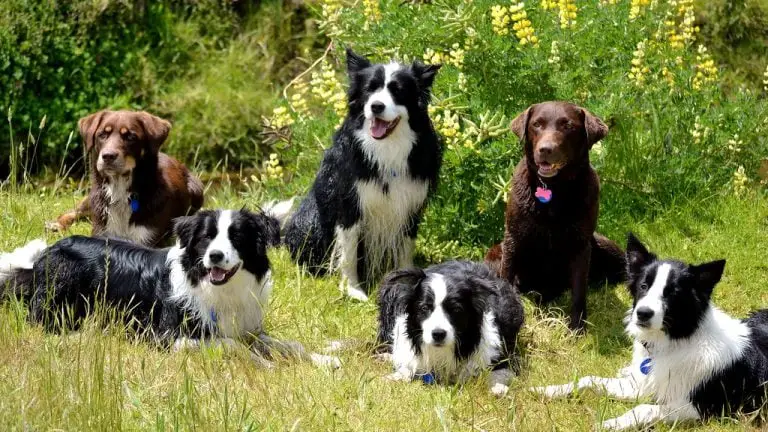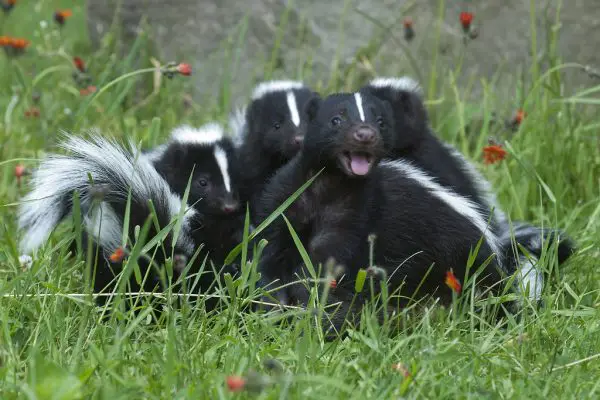From playful pups to loyal companions, dogs have woven themselves into the fabric of human life for millennia. Their unwavering affection, playful antics, and unwavering loyalty have earned them the endearing title of “man’s best friend.” But beyond their emotional connection with humans lies a fascinating world of canine language, particularly the terms used to describe groups of these remarkable creatures. Let’s embark on a journey through the vocabulary associated with dogs, exploring the collective nouns that paint a vivid picture of their social behaviors and the enduring allure that continues to captivate us.
Collective Nouns for Dogs
Unlike some animals with singular collective nouns, dogs boast a diverse vocabulary, each term reflecting the specific context and social dynamics of the group:
- Pack: This term, steeped in the ancestral history of wolves, signifies a cohesive group of dogs that share a common goal or territory. It evokes a sense of cooperation, hierarchy, and shared responsibility, often seen in working dogs or stray dogs forming their own social structures.
Example: Guided by their keen sense of smell, a pack of search and rescue dogs ventured into the rugged terrain, their synchronized movements and unwavering determination highlighting the strength and unity found within a well-coordinated pack.
- Kennel: This term primarily describes a group of dogs housed in a single location, such as a breeding facility or boarding house. It evokes a sense of companionship and shared space, although it doesn’t necessarily imply a strong social bond beyond cohabitation.
Example: The kennel of dogs erupted in a joyful chorus of barks as their human caregivers arrived, their collective excitement showcasing the eagerness and social nature of these playful canines.
- Litter: This term, specific to young dogs, describes a group of puppies born to the same mother. It evokes a sense of familial connection, dependence, and the nurturing instinct of their mother.
Example: Curled up beside their mother, the litter of puppies whimpered softly, their gentle movements and inquisitive eyes showcasing the endearing vulnerability and playful nature of young dogs.
- Mute: While uncommon and somewhat controversial, “mute” can be used metaphorically to describe a group of dogs that are not barking, perhaps due to training, exhaustion, or specific situations. It highlights the quiet companionship and observant nature that dogs can also possess.
Example: In the serene atmosphere of the library, a mute of therapy dogs patiently awaited their turn to interact with patrons, their calm presence and non-vocal cues providing comfort and emotional support.
Interesting Facts About Dogs
Understanding these collective nouns deepens our appreciation for the diverse social behaviors and unique characteristics of dogs. But venturing deeper into the world of dogs reveals their remarkable history, remarkable abilities, and the challenges they face:
A Longstanding Bond: Dogs are believed to be the first animals domesticated by humans, with evidence suggesting a companionship dating back over 15,000 years. This long history of co-evolution has fostered a deep connection between humans and dogs, shaping their social behavior and solidifying their role as valued companions.
Remarkable Abilities: Beyond their loyalty and companionship, dogs possess an array of impressive physical and cognitive abilities. Their exceptional sense of smell makes them invaluable in various roles, from search and rescue operations to detecting explosives and medical conditions. Their intelligence allows them to be trained for a wide range of tasks, from assisting individuals with disabilities to providing emotional support.
Facing Challenges: Despite their popularity and companionship with humans, dogs face challenges, like abandonment, unethical breeding practices, and the increasing prevalence of pet obesity. Understanding these challenges and supporting responsible pet ownership, adoption initiatives, and proper care practices are crucial for ensuring the well-being of these remarkable creatures.
A Source of Inspiration: From their unwavering loyalty to their playful antics, dogs continue to inspire artists, writers, and individuals across various cultures. Their captivating presence fuels creative expression, reminding us of the simple joys and unconditional love that these furry companions bring into our lives.
Final Thoughts
From the collaborative “pack” working towards a common goal to the endearing “litter” seeking comfort from their mother, the diverse collective nouns for dogs offer a glimpse into their multifaceted nature and social dynamics. Understanding these terms and appreciating the enduring allure of these fascinating creatures fosters a deeper respect for their remarkable history, diverse abilities, and the vital role they play in enriching our lives. So, the next time you encounter a dog, be it a loyal companion or a captivating image in art or literature, take a moment to acknowledge the unique language used to describe them and reflect on the enduring bond that connects humans and dogs throughout history.
Also Read:





